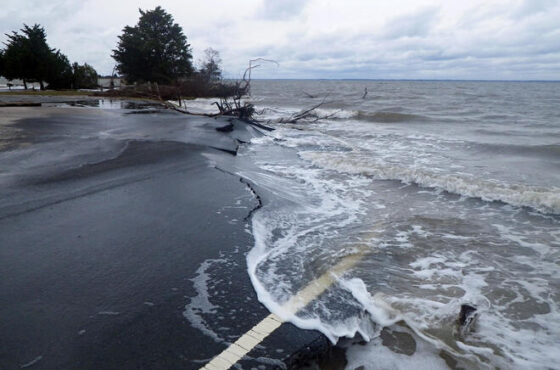New York Proposes New Rates for Distributed Energy
Published by the Natural Resources Defense Fund
This blog was co-authored with Mark LeBel, Staff Attorney at Acadia Center.
The New York Department of Public Service has proposed to change the way distributed energy resources (like community solar and small wind projects) are rewarded for the benefits that they provide to the electricity system. The Department released a landmark report in its “Value of Distributed Energy Resources” proceeding, recommending a methodology by which these resources can receive credits that align more closely with their true value to the electricity system. Acadia Center and NRDC have been involved in the collaborative process around the report’s creation, and here we examine what these proposed reforms hope to accomplish, give initial feedback, and look toward next steps.
This report marks the latest step in the state’s ambitious Reforming the Energy Vision (“REV”) initiative. REV aims to create a more consumer-centric, efficient, resilient, and cleaner energy system. The Department’s report focuses on reforming an electricity rate structure known as “net energy metering,” where credit for clean energy generation is set equal to the retail rate. Reforms to net energy metering have been a controversial topic across the country for the last several years. Some states have proposed successful new approaches. California, for example, is phasing in time-of-use rates for solar customers that recognize when electricity generation is most valuable.
From the outset, New York’s Value of Distributed Energy Resources proceeding has sought to better align credits for community solar and other distributed generation resources with their value to the system. New York’s current net energy metering policies are simple, easy for customers to understand, and have proved to be effective incentives for investments in clean energy, so revising methods for net metering presents risks. A new ‘value-based’ crediting system is more complex by its very nature. But if done correctly, aligning credits more closely with benefits created by distributed generation has the potential to incent more efficient investments in the electric system. Acadia Center discusses value-based crediting here.
The staff report is a good start to a long-term iterative process. Throughout this process, Acadia Center and NRDC will be closely analyzing the report and offering recommendations for improvement. On first review, Acadia Center and NRDC find that the report recommends many approaches to important issues that are worthy of support:
- It protects existing projects from unexpected changes and allows mass market development of small rooftop projects to continue under traditional net energy metering, providing continuity.
- It provides credit to projects for their environmental value, with a floor at the social cost of carbon, pursuant to the New York Public Service Commission’s previous Benefit-Cost Framework Order.
- It provides for a ‘market transition credit’ that incorporates some values that cannot be accurately calculated at this time, recognizing limits in current techniques to estimate the value of benefits provided by distributed energy resources.
- It adopts monetary crediting, where each kilowatt hour generated is translated into a monetary amount based on the value it provides. This approach is more flexible and allows for smarter pricing than traditional volumetric crediting (which tracks only the amount of electricity generated and cannot accommodate details like the time at which the electricity was generated).
When creating a value-based crediting system like the Department’s proposal, the most difficult task is to develop a method for calculating the value of each of the benefits that distributed energy resources can provide. These benefits include energy, capacity (the availability of the system to provide electricity at times of peak demand), transmission and distribution value (because distributed energy resources like rooftop solar reduce the need for infrastructure to send electricity to customers), environmental and public health value, and other values that are more difficult to quantify. In practice, there are many ways to define and calculate the value of each of these components. However, the precise methods chosen have significant consequences for what investments will be made and how resources will be operated. Certain methods offer different tradeoffs. For example, using dynamic credit values may allow a resource to respond in real-time to system needs, but they set less predictable values that might prevent investors from putting capital into beneficial resources.
The staff report effectively balances these goals in a manner that should facilitate continued growth of the solar industry in New York. It provides a good framework for further refinement and we look forward to working with the Department and other parties to evaluate it further and carry out additional improvements.
The report also reflects the inclusive approach taken by the New York Department of Public Service. The Department facilitated a collaborative process to allow utilities, solar developers, customer representatives, environmental groups, and others to work together and provide input on a variety of issues including how the values of these different components should be calculated. Department staff has listened carefully to the concerns of all parties, including a range of detailed suggestions by Acadia Center and NRDC.
New York’s approach to valuing distributed energy resources is new and innovative, and regulators in states across the country will be examining it closely. We look forward to continuing to work collaboratively on these important issues as New York refines its proposal and builds upon it in future years.
Related Blog Posts
Read the full article at: https://www.nrdc.org/experts/miles-farmer/new-york-proposes-new-rates-distributed-energy




